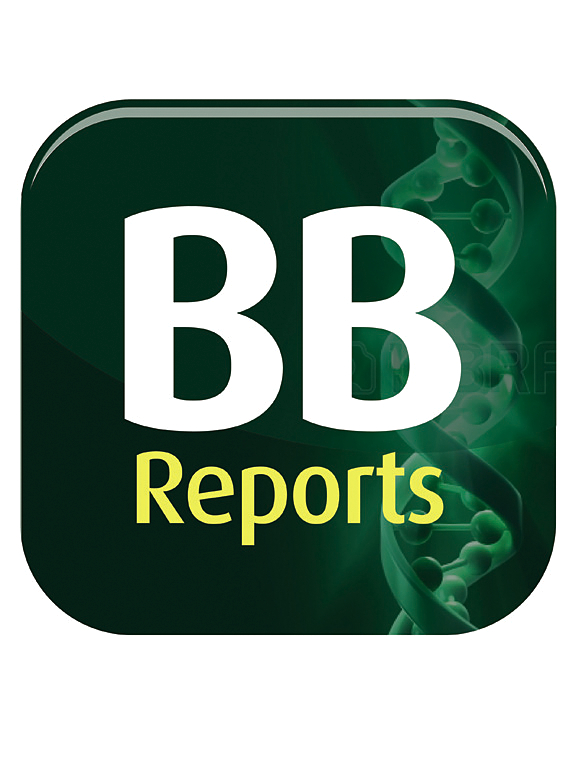Regulation of the expression of ferrochelatase in a murine model of diabetes mellitus type I
IF 2.3
Q3 BIOCHEMISTRY & MOLECULAR BIOLOGY
引用次数: 0
Abstract
Background
Diabetes produces changes on cellular hemeprotein metabolism. The last enzyme of heme biosynthetic pathway is ferrochelatase (FECH), an enzyme that catalyzes the insertion of ferrous ion into protoporphyrin IX to produce heme. The aim of this work was to investigate whether FECH expression can be other key point in the regulation of heme biosynthesis in diabetic animals.
Methods
Mice were rendered diabetic with streptozotocin (STZ, 170 mg/kg body weight i.p. for 15 days). Liver FECH protein and mRNA levels were evaluated by Western blot and Northern blot respectively. Vanadate was used as a hypoglycemic agent. The levels of the transcription factor Sp1 bound to the FECH promoter were assessed by chromatin immunoprecipitation (ChIP).
Results
Hyperglycemia caused an increase in FECH mRNA levels but no changes in FECH protein expression. ChIP analysis revealed that the increase in FECH mRNA levels was due to enhanced Sp1 binding to the FECH promoter in diabetic animals, which was reduced by vanadate administration.
Conclusions
In diabetic animals, enhanced binding of Sp1 to the FECH promoter may be responsible for the increase in FECH mRNA levels. However, this increase was not reflected in the amount of FECH protein, which would confirm that FECH could be another control point in heme synthesis.

求助全文
约1分钟内获得全文
求助全文
来源期刊

Biochemistry and Biophysics Reports
Biochemistry, Genetics and Molecular Biology-Biophysics
CiteScore
4.60
自引率
0.00%
发文量
191
审稿时长
59 days
期刊介绍:
Open access, online only, peer-reviewed international journal in the Life Sciences, established in 2014 Biochemistry and Biophysics Reports (BB Reports) publishes original research in all aspects of Biochemistry, Biophysics and related areas like Molecular and Cell Biology. BB Reports welcomes solid though more preliminary, descriptive and small scale results if they have the potential to stimulate and/or contribute to future research, leading to new insights or hypothesis. Primary criteria for acceptance is that the work is original, scientifically and technically sound and provides valuable knowledge to life sciences research. We strongly believe all results deserve to be published and documented for the advancement of science. BB Reports specifically appreciates receiving reports on: Negative results, Replication studies, Reanalysis of previous datasets.
 求助内容:
求助内容: 应助结果提醒方式:
应助结果提醒方式:


